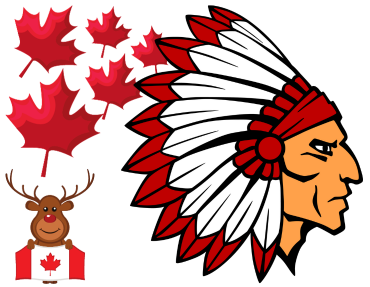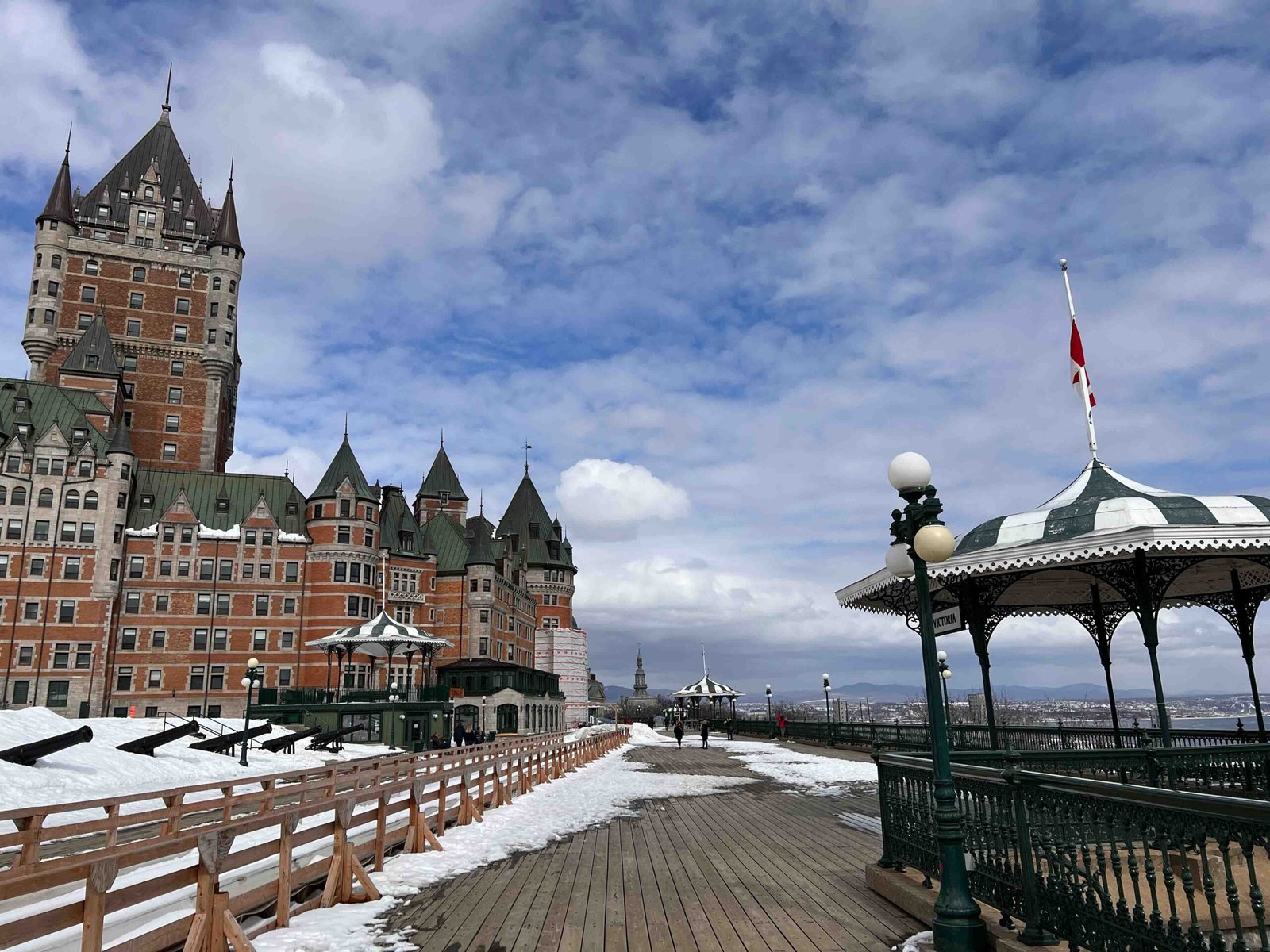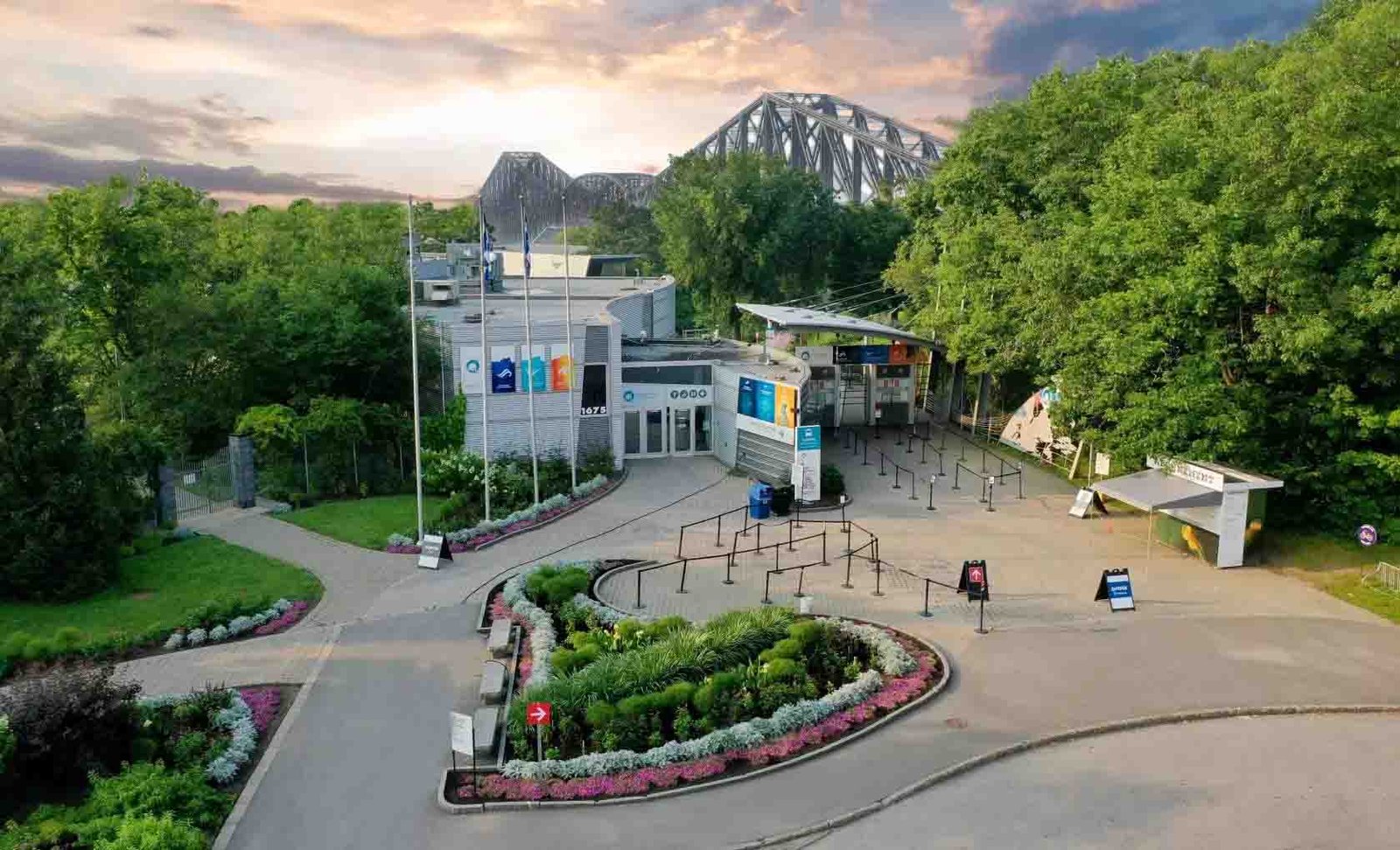Ontario First Nations have a rich and complex history that spans thousands of years. From the earliest Indigenous peoples to the present day, the diverse cultures, traditions, and beliefs of these communities have shaped the landscape of Ontario and Canada as a whole. In this article, we will explore the past, present, and future of Ontario First Nations, examining their cultural practices and beliefs, the challenges they face today, and the efforts being made to revitalize their languages and preserve their way of life. We will also celebrate the creativity of Ontario First Nations through their art, music, and dance, and look at collaborative efforts aimed at creating a better future for all.
A Brief History of Ontario First Nations
Ontario First Nations have a long and complex history. They have been present in the region for thousands of years, with evidence of their existence dating back to at least 10,000 BCE. Prior to European contact, Ontario First Nations had a rich and diverse culture, with distinct languages, beliefs, and practices. However, their way of life was significantly disrupted by the arrival of Europeans in the 17th century. The fur trade brought new opportunities for trade and alliances, but it also led to the spread of disease and conflict. The signing of treaties between First Nations and the British Crown in the 18th and 19th centuries marked a significant shift in their relationship, as they were forced to cede their land in exchange for various promises, including protection and resources. However, these treaties were often not honoured, leading to further injustices and loss of land. The 20th century saw the rise of Indigenous activism and calls for self-determination, culminating in the creation of organizations such as the Assembly of First Nations and the Inuit Tapiriit Kanatami. Today, Ontario First Nations continue to face many challenges, including poverty, lack of access to clean water, and ongoing discrimination. Despite this, they remain resilient and are working towards creating a better future for themselves and their communities.
Cultural Practices and Beliefs of Ontario First Nations
Ontario First Nations have a rich cultural heritage that is deeply rooted in their traditions, customs and beliefs. They believe that all things are interconnected and that the natural world should be respected and protected. One of the most important aspects of their culture is the emphasis on oral storytelling. For centuries, stories have been passed down from generation to generation, serving as a way to preserve their history and traditions. These stories often include lessons about respect, responsibility, and the importance of community. Another significant aspect of Ontario First Nations culture is their spirituality. Many First Nations people believe in a Creator and in the interconnectedness of all living things. Ceremonies such as sweat lodges, powwows and feasts are an important part of their spiritual practices. The use of traditional medicines such as sweetgrass, sage and cedar is also an integral part of their spiritual practices. In addition to this, music and dance play a crucial role in First Nations culture. Drumming is a sacred practice that brings people together and helps to connect them with the natural world. Powwows are also an important cultural event where people come together to celebrate their heritage through dance, music, food and crafts. Overall, the cultural practices and beliefs of Ontario First Nations are an essential part of their identity and continue to be celebrated and passed down through generations.
Challenges Faced by Ontario First Nations Today
Ontario First Nations face numerous challenges in the present day. One of the most significant is poverty. A large number of individuals in these communities live below the poverty line, with inadequate access to food, housing, and healthcare. This has led to a range of health issues, including diabetes, obesity, and heart disease. Another challenge is the lack of access to clean water and proper sanitation facilities. Many communities rely on contaminated water sources, leading to various health problems. Additionally, there are issues with education. While some schools exist within the reserves, many do not have adequate resources or funding, leading to a lower quality of education. There is also a high dropout rate among students, with many leaving school early due to various reasons such as family obligations and lack of resources. Mental health is another significant challenge faced by Ontario First Nations today. Historical trauma and ongoing discrimination have led to high rates of depression, anxiety, and suicide within these communities. The COVID-19 pandemic has exacerbated many of these issues, with increased isolation and limited access to resources. These challenges require urgent attention from policymakers and society as a whole if we are to address the systemic inequalities faced by Ontario First Nations today.
The Importance of Land and Environment in Ontario First Nations’ Culture
The land and environment are of utmost importance in the culture of Ontario First Nations. For these communities, the land is not just a resource to be exploited but a sacred entity that is deeply connected to their identity, history, and spirituality. The Indigenous peoples of Ontario have lived on this land for thousands of years, and they have developed a unique relationship with it. They believe that the land is not something that can be owned but rather something that they are responsible for protecting and preserving for future generations. This belief is reflected in their traditional practices such as hunting, fishing, and gathering, which are done sustainably and with respect for the natural world.
The land is also an integral part of their spiritual beliefs. Many Ontario First Nations believe that everything in nature has a spirit, and that the land is alive and has a soul. This spiritual connection is evident in their ceremonies, which often take place outdoors and involve offerings to the land and its inhabitants.
However, the relationship between Ontario First Nations and the land has been strained by colonialism, residential schools, and forced assimilation. The dispossession of Indigenous lands has resulted in environmental degradation, loss of cultural heritage, and a decline in traditional practices. Today, many First Nations are fighting to reclaim their lands and assert their sovereignty over natural resources.
In conclusion, the land and environment are vital components of Ontario First Nations’ culture. They represent not only a source of livelihood but also a spiritual connection to the natural world. The preservation of this relationship is essential for the survival of Indigenous cultures and for the health of our planet as a whole.
Art, Music, and Dance: Celebrating Ontario First Nations’ Creativity
Art, music, and dance are an integral part of Ontario First Nations’ culture and heritage. The richness of their artistic expressions is a reflection of their deep connection to nature and the spiritual world. Ontario First Nations’ art includes traditional crafts such as beadwork, quillwork, and basket weaving, which have been passed down through generations. Their music and dance are also an important part of their cultural identity. Powwows are a significant event where people come together to celebrate their culture through singing, drumming, and dancing. The powwow brings people from different nations together to share their customs, traditions, and stories. The jingle dress dance is a popular dance form that originated from Ontario First Nations. It is performed by women who wear dresses adorned with metal cones that make a jingling sound when they move. The dance has spiritual significance and is believed to have healing powers. Ontario First Nations’ art, music, and dance have gained recognition worldwide for their unique expressions and creativity. Art exhibitions featuring the works of First Nations artists are held across Canada and internationally. Many contemporary First Nations musicians have made a mark in the music industry, blending traditional sounds with modern styles. Through their art, music, and dance, Ontario First Nations continue to preserve their culture and heritage while also inspiring new forms of creativity and expression.
Revitalizing Indigenous Languages: Efforts by Ontario First Nations
Revitalizing Indigenous languages is a crucial effort for Ontario First Nations. The loss of language can mean the loss of cultural identity and a disconnection from ancestors and traditions. As such, many communities are working hard to ensure that their languages survive and thrive. One example is the Anishinaabe Language Program in Sault Ste. Marie, which teaches the Ojibwe language to both children and adults. Another example is the Six Nations Polytechnic Institute, which offers Mohawk language courses and has even created an online Mohawk dictionary. These initiatives not only promote language learning but also help to build stronger connections between generations. Furthermore, they provide opportunities for non-Indigenous people to learn about Indigenous cultures and languages. The Truth and Reconciliation Commission has also recognized the importance of revitalizing Indigenous languages and has recommended that governments provide funding to support language preservation efforts. However, more work needs to be done to ensure that Indigenous languages are not lost forever. It is important to recognize that revitalizing Indigenous languages is not just about preserving words and grammar; it is about preserving an entire way of life and worldview. As such, it is vital that these efforts continue and receive the necessary support to ensure a strong future for Indigenous languages in Ontario.
Moving Forward: Collaborative Efforts for a Better Future
Collaborative efforts between the Ontario First Nations and the government have been ongoing for years. The Truth and Reconciliation Commission of Canada’s Calls to Action, released in 2015, urged all levels of government to work collaboratively with Indigenous people to advance reconciliation. Since then, the Ontario government has taken steps towards working with First Nations communities to address issues such as access to clean water, education, and healthcare. In 2019, the Ontario government signed an agreement with the Nishnawbe Aski Nation (NAN) committing to a long-term collaboration on health care in northern communities. This collaboration aims to improve access to healthcare services and address the healthcare disparities experienced by Indigenous people. Furthermore, various Indigenous-led initiatives such as the Anishnawbe Business Professional Association (ABPA) have been working towards economic reconciliation by promoting Indigenous entrepreneurship and supporting Indigenous businesses. Collaboration is key to achieving a better future for Ontario First Nations communities. It is crucial that the government works closely with Indigenous leaders and communities to address systemic issues and ensure that their voices are heard. Moving forward, there must be continued efforts towards building strong relationships between Indigenous and non-Indigenous peoples based on mutual respect, understanding, and collaboration. This will require a willingness to listen and learn from one another and a commitment to taking concrete actions towards reconciliation.
As we conclude our journey through the rich history, culture and challenges faced by Ontario First Nations, it is important to reflect on what we have learned. The struggles and triumphs of these communities offer valuable lessons in resilience, adaptability and the importance of preserving cultural heritage. It is also a reminder of the ongoing need for collaboration and support to ensure a better future for First Nations people. We must continue to engage with Indigenous communities and listen to their voices, to ensure that their rights and traditions are respected and upheld. As Canadians, we have a shared responsibility to work towards reconciliation and build a more inclusive society that recognizes the contributions and diversity of all its citizens. Let us reflect on how we can each play a role in this ongoing process of healing and growth.






Leave a Reply